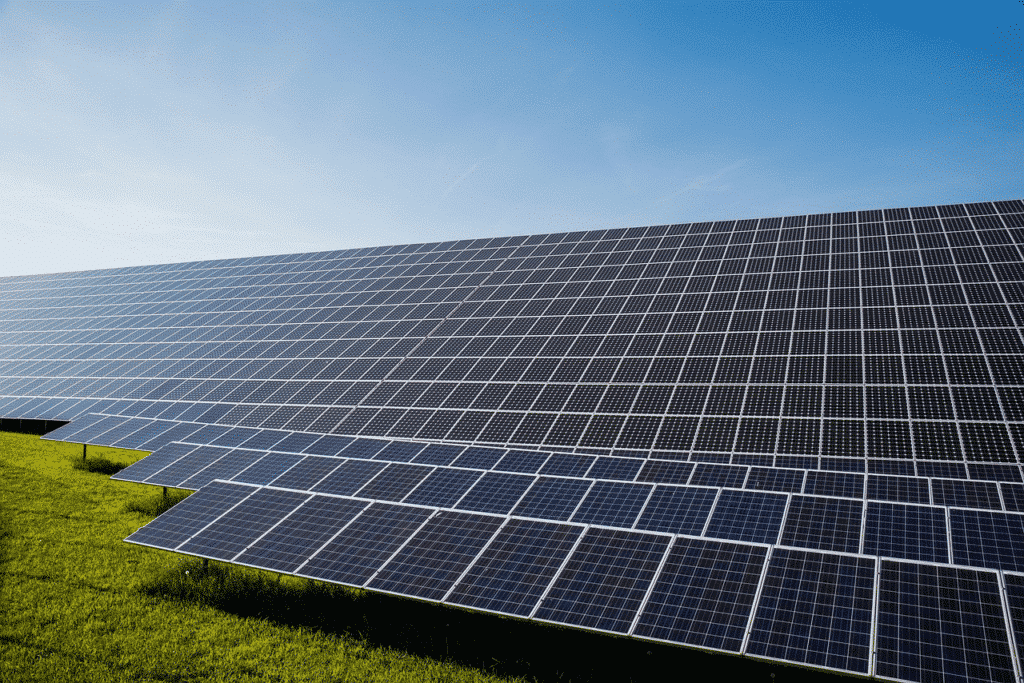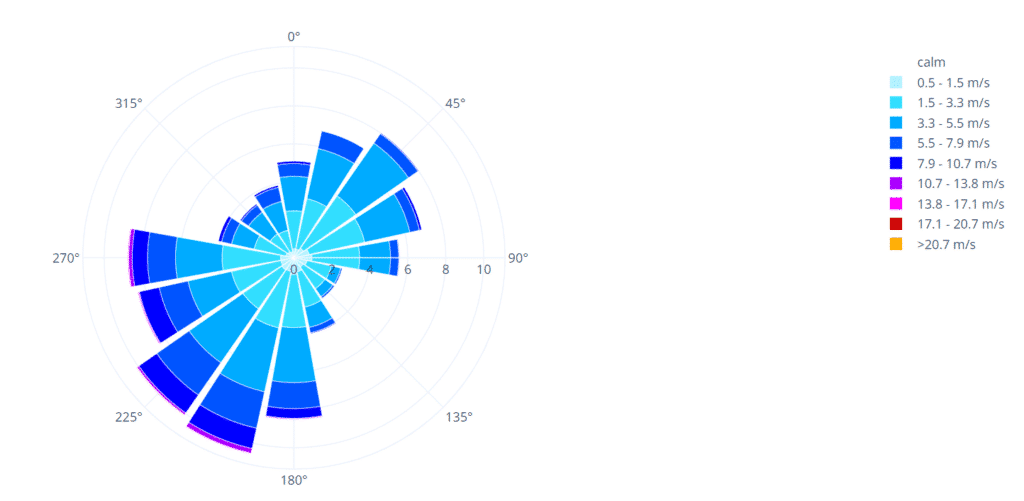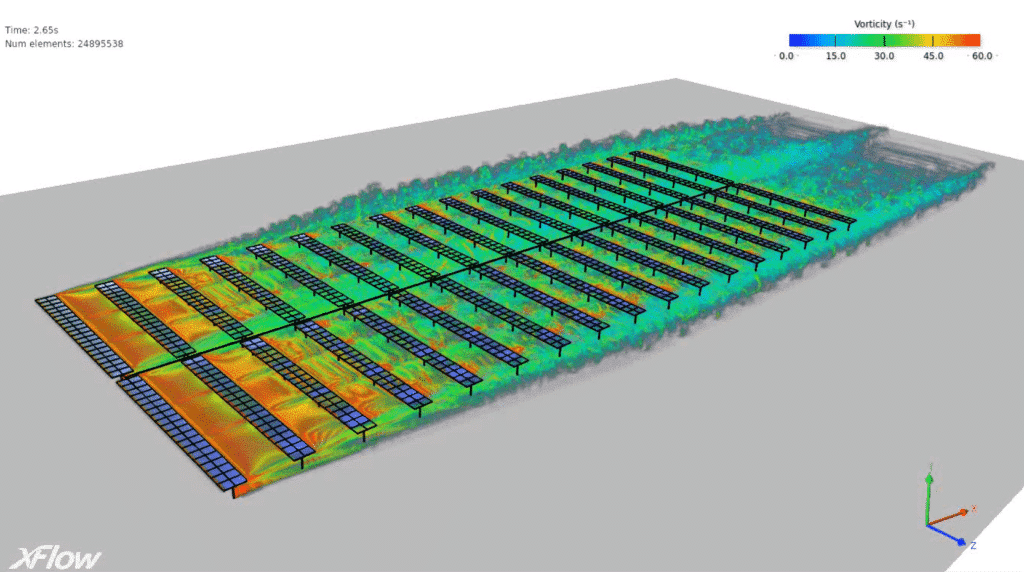Extreme wind study – Solar power plant
Accueil » Expertise » Air & Wind » Extreme wind study – Solar power plant
EOLIOS, a unique know-how in Europe
- A passionate team
- Exclusive domains
- All sectors
- Data center
- Proven expertise
- Sizing
Our projects :
Understand how air conditioning works in a data center
Photovoltaic power plants consist of a large number of photovoltaic (PV) panels connected in series and in parallel to produce electricity. They can be installed in a wide range of locations, including parking lots, plains and the sea. They have to cope with many types of weather, including rain, storms, extreme temperatures and, above all, gusts of wind. This wind depends on the location of the power plant: it will be stronger at sea, for example.
EOLIOS helps you size your photovoltaic power plant installations by studying the risks of PV panels being blown off by strong gusts of wind.
Power plant solar panels are made of silicon, and can be monocrystalline or polycrystalline. Their lifespan is around 20 years. To capture the maximum amount of solar radiation, some solar panels are equipped with trackers to change their inclination according to the sun’s position during the day. This technology makes them more sensitive to disturbance than fixed panels. This increases the risk of wind uplift, which is why damping systems are installed to protect PV modules.
What’s more, these are supported by spars which can be attached in a variety of ways – to a motor, for example, in the case of the panel with tracker. The whole structure can be deformed by wind gusts, which exert a heterogeneous force and torque on the PV panel.
Cold aisle / hot aisle design
EOLIOS studies
wind action on buildings
or the
effects of wind in cities
thanks to
CFD simulation
simulation, but we can also help you analyze the effects of wind and gusts on your solar power plant. Wind can seriously damage outdoor photovoltaic panels. It exerts pressure on the surface of the panels. If the force applied to the panels is too great, they risk tearing off, unhooking and deteriorating. It is therefore important to secure PV power plants against wind and gusts of wind, which are significant excesses of wind speed. The sizing and protection of this power plant is therefore a major challenge for the solar industry.
In order to optimize system sizing, studies are carried out in the worst-case scenario, i.e. with the most unfavorable but also the most frequent winds. Analyses of wind roses for different periods close to the project under study provide information on the prevailing winds at the site. The most unfavorable air speeds, i.e. the highest measured over the year, based on meteorological data, are used as input parameters for the study.
We refer to theNational Annex NF EN 1991-1-4 (Eurocode 1) to simulate and calculate wind pressures on the structure, with a reference wind speed corresponding to an annual probability of exceedance equal to 0.02 (50-year return period event, i.e. W50).
Chilled water system
The CFD simulation is based on an accurate and detailed 3D CFD model of the project. It includes precise modeling of the photovoltaic power plant modules and thesurrounding environment over a 500m radius. Topography is also taken into account. A mesh of this model is generated and refined at the appropriate points.
CFD simulations are carried out to visualize air movements on and around PV modules. Several scenarios with different winds and different panel inclinations are studied to determine potential technical solutions against panel pull-out for a horizontal wind in relation to the ground, resulting in higher torques when the panel is more inclined. Thanks to CFD, it is therefore possible to calculate torques and forces, and to determine whether these exceed the limit values for PV panels.
What is the difference between CRAC and CRAH units?
EOLIOS is able to carry out complete CFD studies of the project site. These studies can be carried out on a large scale, on large photovoltaic power plants, with a high degree of precision.





